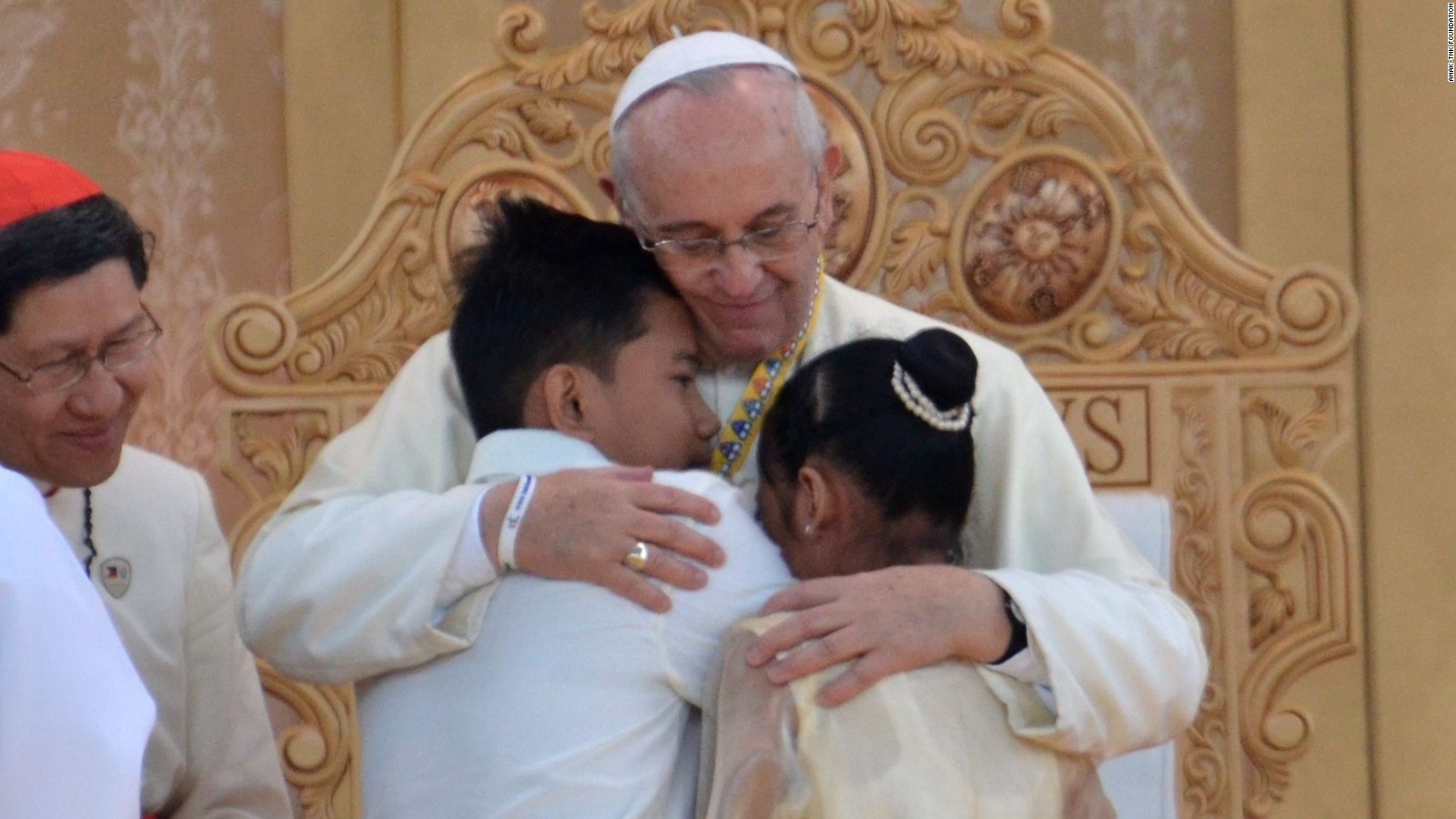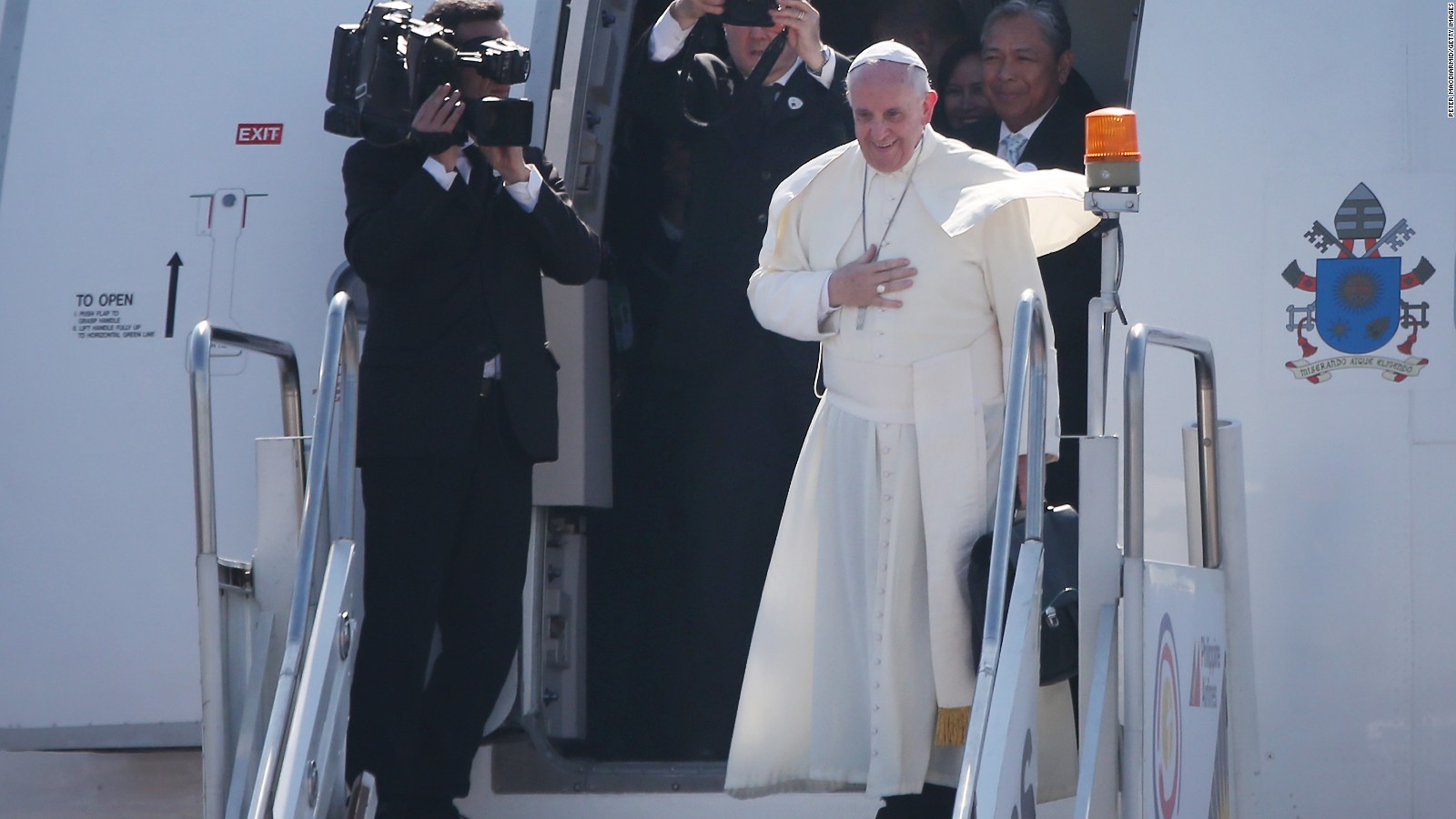China's wealthiest man reveals some facts about his life
Speaking at a seminar named "An Insight, An
Idea with Jack Ma" at Davos, the wealthiest man in China, gave a
wide-ranging interview, sharing his childhood experiences, Alibaba's
growth process and his view on working with the government.
Here are 10 surprising facts that Jack Ma revealed about his life at the forum.
1. Jack Ma's applications were rejected by Harvard University 10 times
The billionaire revealed that he applied to Harvard University 10 times and was turned down each time. "I told myself, some day I will go and teach there."
Speaking about his early rejections, Jack explained that the turndowns only strengthened his resolve to succeed. He failed the college entrance exam three times and was snubbed 30 times in job hunting, including one at KFC.
2. Jack Ma practised English by giving tourist free tours every morning for nine years
With limited resources, Jack Ma learned English by giving foreign tourists free guides around his hometown Hangzhou. He said that those nine years opened his mind, as he leant things so different to what he had been taught at school and by his parents.
His name "Jack" was given by a tourist from Tennessee who later became his pen friend.
3. No search result about China during his first encounter with Internet gave him business idea
Back in 1995, Jack Ma made his first trip to the US and tried Internet for the first time. He entered "beer" and found no result about beer in China, and he then realised there was no data about China then on the Internet.
"So, we made a very ugly page about China," said Ma, adding that he received emails immediately after the launch as they told him "it was the first time we saw a Chinese website".
4. Jack Ma named his company Alibaba because it's a world famous story
Jack Ma simply wanted a global and interesting name for his company and checked for test with passersby during his stay in the US. He concluded that because the name begins with A, his company would also appear on the top of lists.
Alibaba now has over 100 million buyers visiting and shopping at its websites every day, and has created 40 million jobs, directly or indirectly, in China.
5. Jack Ma feels proud for building the trust system
Jack Ma said building trust is most important for e-commerce. It makes it possible for Alibaba to finish 60 million transactions every day.
"I'm so proud today." He recalled that some of his friends were strongly against his idea of setting up Alipay, Alibaba's online payment arm, saying it was "the stupidest idea".
6. "Be in love with the government, but don't marry them"
Jack Ma said he has never taken any money from the Chinese government, and his relationship with the authorities is "very interesting".
"Be in love with the government, but don't marry them." He gave an example of when Alibaba worked together with the government to upgrade 12306.cn, the official online train ticket booking platform, to help millions of Chinese migrant workers buy tickets to return home for the upcoming Spring Festival.
7. More pressure comes after the IPO
Jack Ma said spending the capital raised in the initial public offering efficiently is a question for Alibaba. "It adds more pressure," he said, adding that the money reflects the trust of global investors who want the company to do a better job.
"In 10 years, we will be bigger than Walmart." Jack Ma said his goal is to serve 2 billion consumers and to help 10 million small businesses outside China sell their products through the Internet.
8. Jack Ma loves Forrest Gump
Jack Ma said he has been particularly inspired by the character of Forrest Gump. "I love Forrest Gump. (He is) simple, and never gives up."
"People think he's dumb, but he knows what he's doing." He also quoted the line in the movie "Life is like a box of chocolates because you never know what you're going to get."
9. Jack Ma said he's worried that young people lose hope
Jack Ma said he's worried that "young people lose hope and start to complain," and he proposed a way to help them, that is movie.
He said Hollywood content has inspired him, while in Chinese films all heroes die in the end, which is why Chinese people don't aspire to be one of them.
"Movie is the best product that can help Chinese young people," said Ma, adding that he enjoys writing kung fu stories.
10. Taichi can be a business philosophy
Jack Ma said Taichi is a philosophy about calming down and keeping oneself balanced, which can be applied to business.
Here are 10 surprising facts that Jack Ma revealed about his life at the forum.
1. Jack Ma's applications were rejected by Harvard University 10 times
The billionaire revealed that he applied to Harvard University 10 times and was turned down each time. "I told myself, some day I will go and teach there."
Speaking about his early rejections, Jack explained that the turndowns only strengthened his resolve to succeed. He failed the college entrance exam three times and was snubbed 30 times in job hunting, including one at KFC.
2. Jack Ma practised English by giving tourist free tours every morning for nine years
With limited resources, Jack Ma learned English by giving foreign tourists free guides around his hometown Hangzhou. He said that those nine years opened his mind, as he leant things so different to what he had been taught at school and by his parents.
His name "Jack" was given by a tourist from Tennessee who later became his pen friend.
3. No search result about China during his first encounter with Internet gave him business idea
Back in 1995, Jack Ma made his first trip to the US and tried Internet for the first time. He entered "beer" and found no result about beer in China, and he then realised there was no data about China then on the Internet.
"So, we made a very ugly page about China," said Ma, adding that he received emails immediately after the launch as they told him "it was the first time we saw a Chinese website".
4. Jack Ma named his company Alibaba because it's a world famous story
Jack Ma simply wanted a global and interesting name for his company and checked for test with passersby during his stay in the US. He concluded that because the name begins with A, his company would also appear on the top of lists.
Alibaba now has over 100 million buyers visiting and shopping at its websites every day, and has created 40 million jobs, directly or indirectly, in China.
5. Jack Ma feels proud for building the trust system
Jack Ma said building trust is most important for e-commerce. It makes it possible for Alibaba to finish 60 million transactions every day.
"I'm so proud today." He recalled that some of his friends were strongly against his idea of setting up Alipay, Alibaba's online payment arm, saying it was "the stupidest idea".
6. "Be in love with the government, but don't marry them"
Jack Ma said he has never taken any money from the Chinese government, and his relationship with the authorities is "very interesting".
"Be in love with the government, but don't marry them." He gave an example of when Alibaba worked together with the government to upgrade 12306.cn, the official online train ticket booking platform, to help millions of Chinese migrant workers buy tickets to return home for the upcoming Spring Festival.
7. More pressure comes after the IPO
Jack Ma said spending the capital raised in the initial public offering efficiently is a question for Alibaba. "It adds more pressure," he said, adding that the money reflects the trust of global investors who want the company to do a better job.
"In 10 years, we will be bigger than Walmart." Jack Ma said his goal is to serve 2 billion consumers and to help 10 million small businesses outside China sell their products through the Internet.
8. Jack Ma loves Forrest Gump
Jack Ma said he has been particularly inspired by the character of Forrest Gump. "I love Forrest Gump. (He is) simple, and never gives up."
"People think he's dumb, but he knows what he's doing." He also quoted the line in the movie "Life is like a box of chocolates because you never know what you're going to get."
9. Jack Ma said he's worried that young people lose hope
Jack Ma said he's worried that "young people lose hope and start to complain," and he proposed a way to help them, that is movie.
He said Hollywood content has inspired him, while in Chinese films all heroes die in the end, which is why Chinese people don't aspire to be one of them.
"Movie is the best product that can help Chinese young people," said Ma, adding that he enjoys writing kung fu stories.
10. Taichi can be a business philosophy
Jack Ma said Taichi is a philosophy about calming down and keeping oneself balanced, which can be applied to business.
|
|



